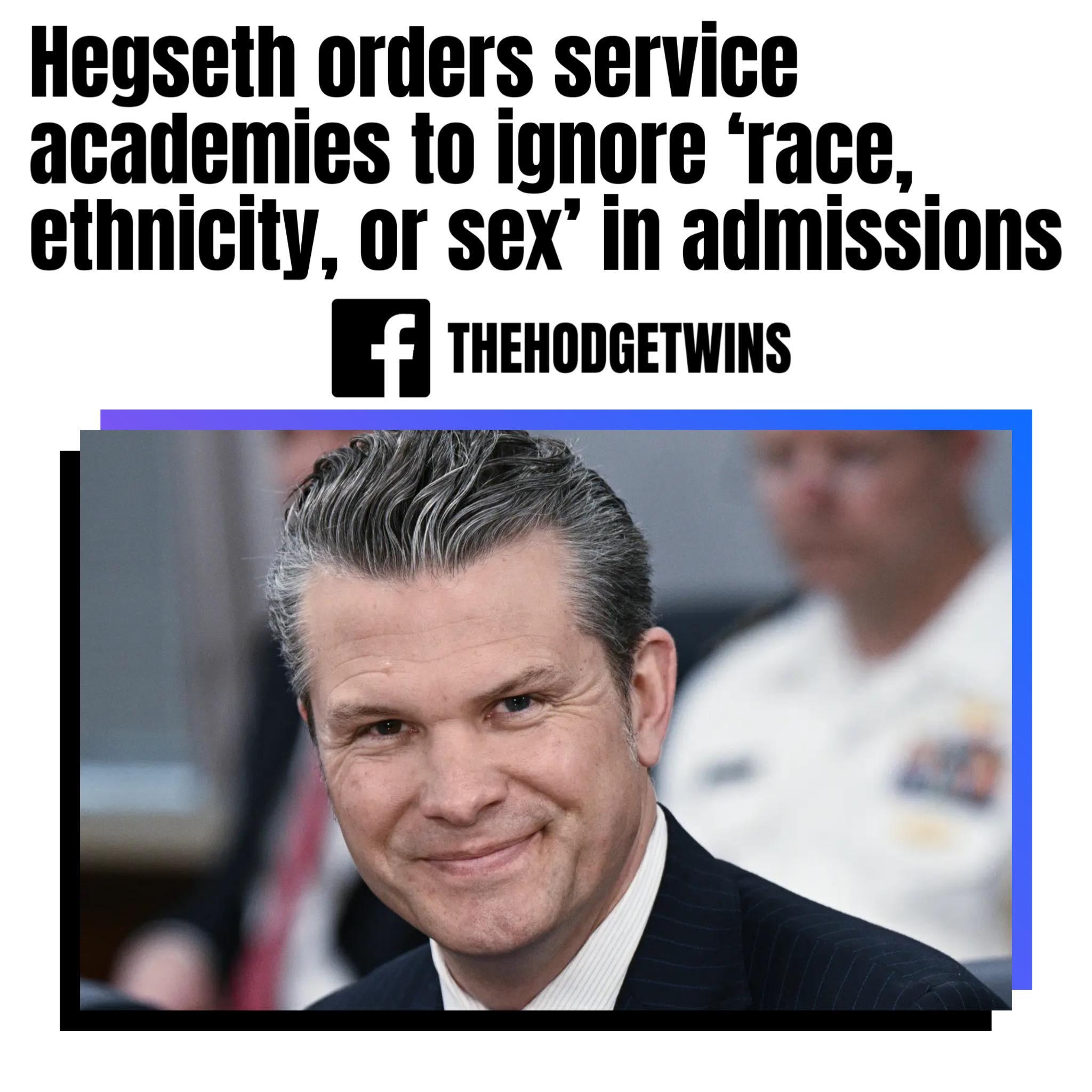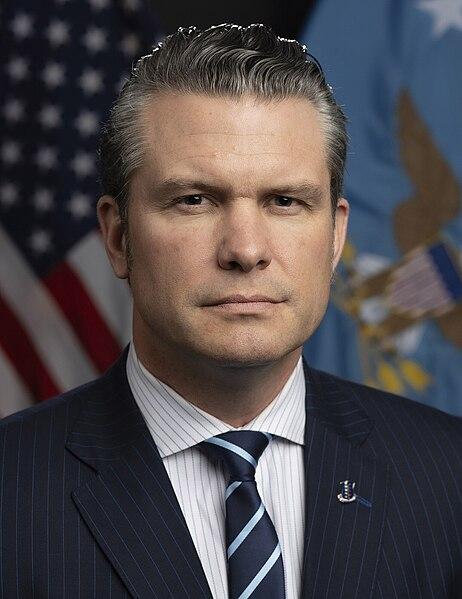The recent directive concerning admissions to the United States’ Military Service Academies (MSAs) has ignited renewed debate around the principles of merit, fairness, and preparedness in the Armed Forces. The instruction, aimed at the 2026 admissions cycle, explicitly mandates that military academies like West Point, the Naval Academy, the Air Force Academy, the Coast Guard Academy, and the Merchant Marine Academy consider applicants solely based on merit. In doing so, it seeks to remove all considerations of race, ethnicity, or sex from the admissions process, aligning with former President Trump’s executive order promoting meritocracy and eliminating race- and sex-based discrimination within the Armed Forces.

At the heart of this policy lies the argument that “selecting anyone but the best erodes lethality, our warfighting readiness, and undercuts the culture of excellence in our Armed Forces.” This powerful assertion underscores a long-standing military ethos: that performance, skill, and dedication—not demographics—must drive decision-making in matters of national defense. The stakes, proponents argue, are existential. A military weakened by anything less than peak capability risks not only mission failure but also the lives of its personnel and, ultimately, the security of the nation itself.

This return to a strict merit-based admissions framework is being portrayed as a reaffirmation of core military values. The military has long distinguished itself as a meritocratic institution, where individuals are judged by what they can accomplish and how effectively they can serve. In combat or in command, performance is paramount; no amount of social consideration can substitute for competence when lives hang in the balance. The new directive insists that future leaders of the military—those forged in the academies—must embody this reality from the outset.
Still, the debate is complex. For decades, military academies have engaged in policies aimed at building a more diverse officer corps, believing it essential for a force that reflects the nation it serves. Diversity, in this view, strengthens the military by promoting broader perspectives, improving cultural competence, and building trust with a multifaceted American populace. Critics of the directive worry that the elimination of race and gender considerations might reverse progress made in these areas, leading to less representative leadership.
Yet the directive does not ignore other forms of distinction. While race, sex, and ethnicity are to be excluded from consideration, the academies may still account for “unique athletic talent or other experiences such as prior military service.” These allowances signal that the military still values diverse life experiences and capabilities—so long as they are tied directly to individual achievement or mission-relevant attributes. An outstanding wrestler, a skilled linguist, or a veteran enlistee may offer demonstrable advantages that contribute to the cohesion and effectiveness of a unit, without relying on identity markers that may not relate directly to performance.
Those supporting the change argue that prioritizing demographic factors in admissions may inadvertently lower standards or allow identity to overshadow individual accomplishment. They point to anecdotal and statistical concerns that suggest such policies could, even unintentionally, sideline highly qualified candidates in favor of social engineering. In the unforgiving environment of war, such trade-offs could prove costly. The culture of excellence that has traditionally characterized military institutions, they argue, is at risk when standards appear malleable to political or ideological trends.
However, opponents argue that removing all demographic considerations may itself be a political act—one that dismisses historical inequities and ongoing systemic challenges. They worry that what is framed as merit-based selection may favor those already advantaged by access to superior education, training, and opportunity. In this light, a rigid definition of “merit” may overlook potential leaders whose excellence manifests differently due to background and circumstance.
Ultimately, the question boils down to how the military defines excellence—and how it balances operational effectiveness with the social realities of the country it serves. While ensuring lethality and readiness is an unquestioned priority, the means of achieving that goal remain subject to ongoing scrutiny and public dialogue.
What’s clear is that the Armed Forces sit at a unique crossroads, where evolving national values and unchanging military imperatives must co-exist. As the 2026 admissions cycle nears, the impact of this directive will be closely watched—not only for how it shapes academy classes, but also for what it signals about the future identity and effectiveness of America’s military leadership.






